Interview: Roger Linn
The iconic drum machine designer on the limitations of today’s musical instruments and what he’s invented in response
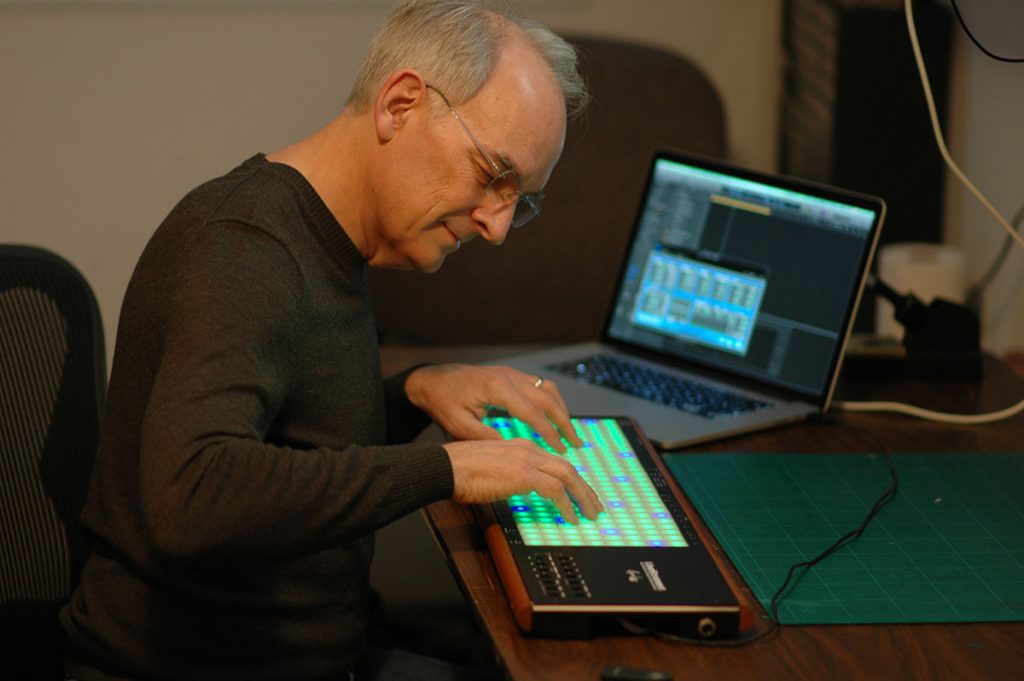
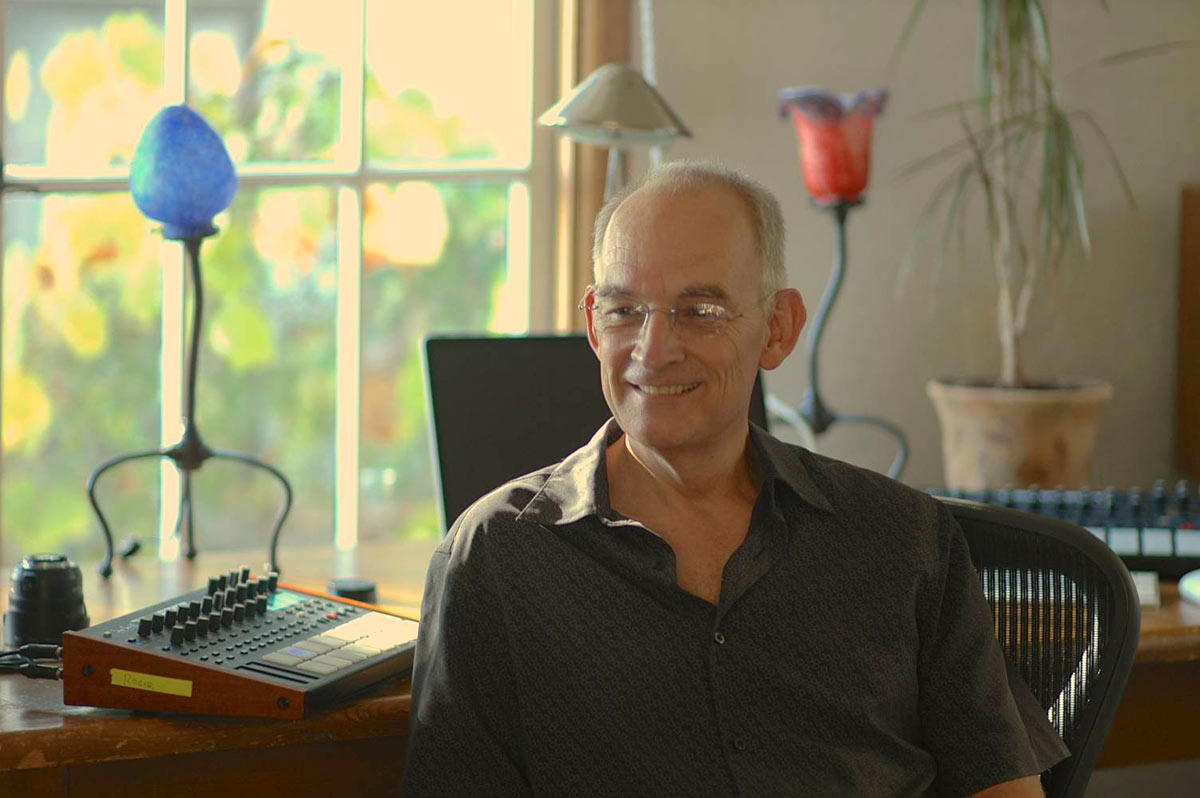
Without a multi-million dollar budget, high-tech research lab or an engineering degree, Roger Linn created the LM-1 Drum Computer in 1979, the first programmable drum machine that used digital samples of acoustic drums. Unlike other drum machines of the day—like the classic Roland TR-808—the LM-1 was the closest one could get to having an authentic drummer when you didn’t have a kit (or the skills) handy. Linn, himself a guitarist and mandolinist who lives in California, built the LM-1 when he was recording demos and needed a decent rhythm; he hired a live drummer and recorded each hit. The resulting drum machine was worshipped for its realistic, natural sound, which stood in stark contrast to the synthetic drum hits built from white noise or sine waves (though that sound led to a style cherished by house, techno and hip-hop).
After musical masterminds like Stevie Wonder, Peter Gabriel and Devo snapped up the LM-1, Linn worked to continually improve his invention, which is now a hardcore collector’s item. Iterations of LinnDrums dominated the 1980s, heard on numerous hits like the Human League’s 1982 single “Don’t You Want Me.” Prince is one of Linn’s greatest—and most creative—fans; Linn’s drum machines were used in songs ranging from “777-9311” to “Purple Rain.” The original MPC60, designed by Linn and produced by Japanese company AKAI in 1988, became a staple for R&B and hip-hop producers.
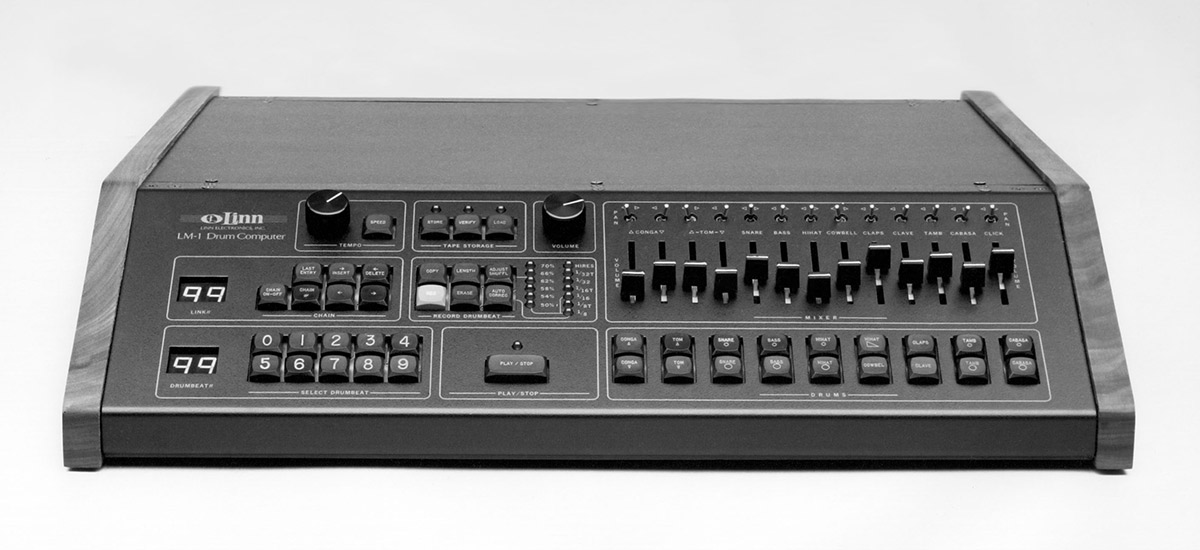
With his work as a designer already preserved in popular music across all genres, today Linn is, first and foremost, a musician who wishes to inspire his peers to create music. This has been Linn’s mantra as he continues to innovate on such creations as his analog drum machine Tempest (a “duet” with his friend Dave Smith) and his beat-synced guitar effects pedals AdrenaLinn (used by John Mayer, Green Day, Red Hot Chili Peppers and more). More recently, Linn’s been working on a project that will shake up our concept of what a modern instrument should be. We spoke with the inventor and musician and previewed the newest prototype of the LinnStrument.
What is your engineering background?
For me, engineering is self-taught. I was always interested in technology, which at the time was expressed more from science fiction than actual science fact. I started to learn about electronics in my early teens and read some books and got enough information that I was able to construct some fundamental circuits. And then as I started to create my first company—I was around 21 or 22—I had help from other people who would teach me things I didn’t know, and I would just use example circuits and things like that. So there were always some holes in my knowledge, but my focus was to put all the pieces together to make useful products.
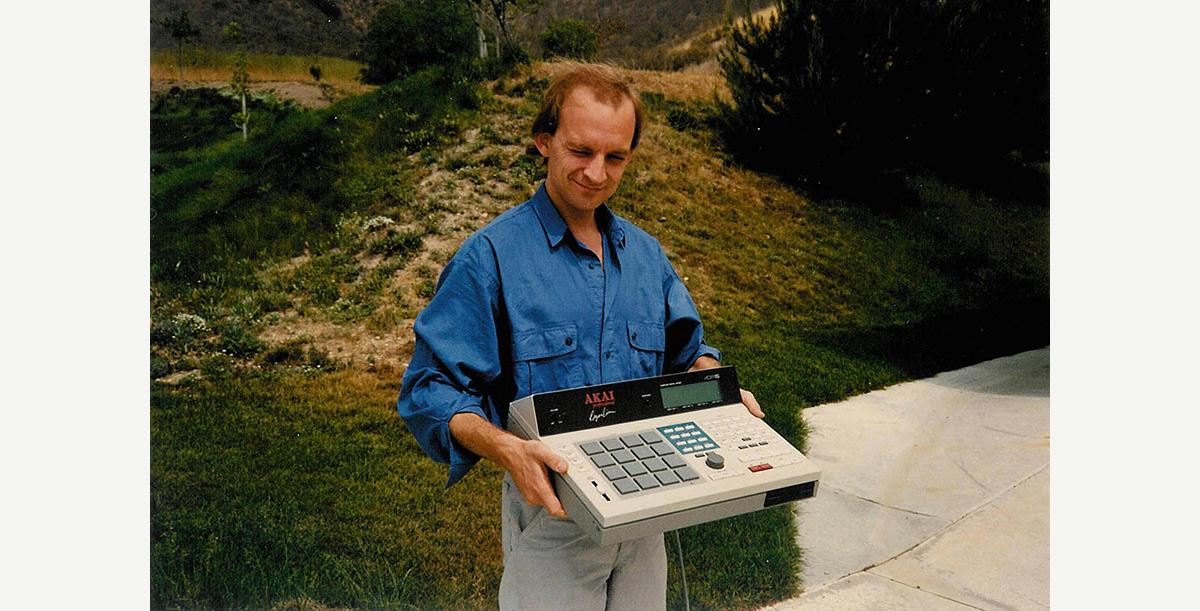
As a musician, I was one of many. But I think my destiny was in the creation of new instruments.
And one of these useful products would be a more realistic-sounding drum machine, so you wouldn’t always need to have a drummer around?
I would have wanted to have a drummer around, but often they didn’t want to sit there and play while I came up with my musical ideas. I was a songwriter and so I would make my own demo recordings in one room of my house, and I could play guitar, bass and some keyboards, but the hardest thing to record and to play, for me, were the drums. There were some drum machines at the time, but they were very primitive and had bad sounds and weren’t programmable. [And] I learned over time, that as a musician, I was one of many. But I think my destiny was in the creation of new instruments.
So how big is the Roger Linn Design team now—do you work with other engineers or mentorees?
Roger Linn Design [currently] has zero [full-time] employees; it’s basically one floor of my house. I had a couple of employees until about a year ago when I set up some automated systems. And even now, the few I have work at their homes and are paid on a hourly basis. Everything is subcontracted; the manufacturing and the shipping is done by a company called LEEMAH, and they handle everything perfectly for me and their quality is so high. They also do all of Dave Smith’s products, too, and they’re going to be handling LinnStrument as well.
I try to make the products fairly easy to use and so there really isn’t that much technical support. And then I have very good information on the website, FAQs and such, so when people call in—even though I have around 20,000 or more customers, there’s really little work it takes to support them. All of the administration of the company takes about an hour in the mornings and then I move on into the engineering room.
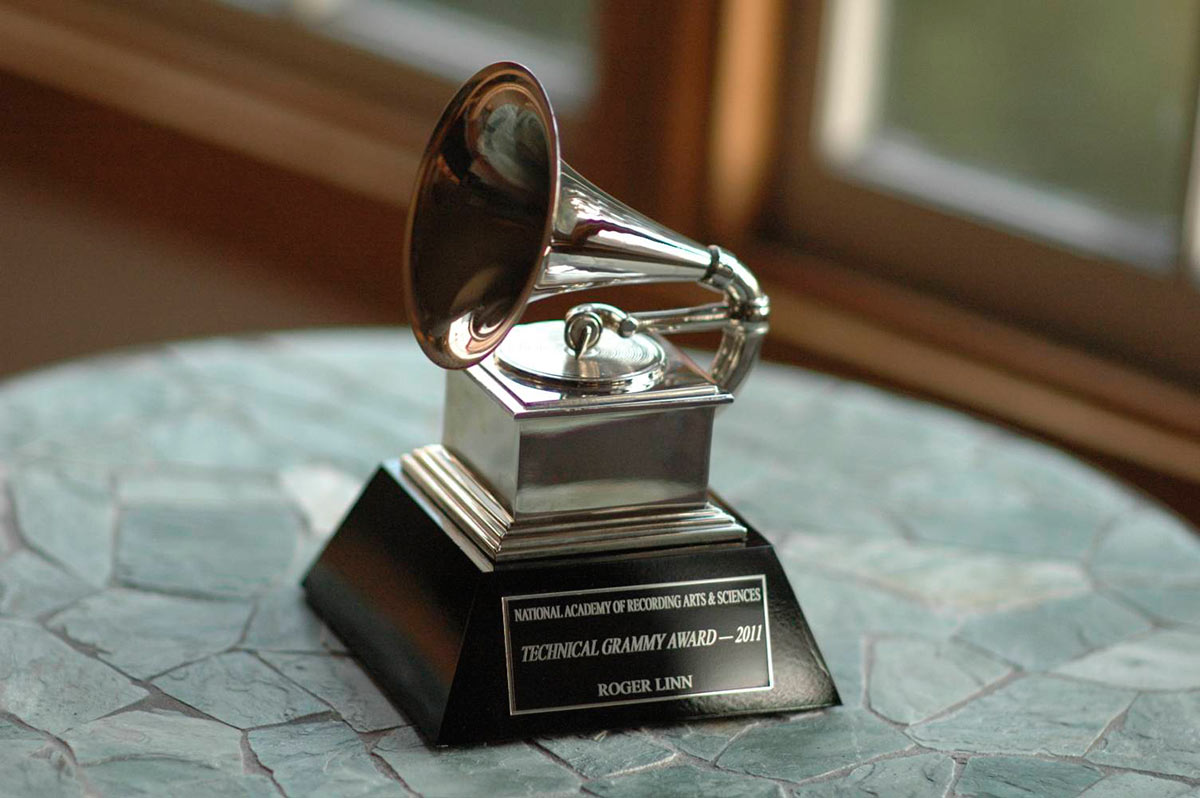
Regarding those FAQs, they are indeed very detailed. I hate asking you to repeat information already available online, but could you summarize the limitations of current instruments today?
Let’s say you’re a young musician, with an intention to be able to play expressive music. You want to stay in the digital world because of its advantages, but the primary human interface for electronic music synthesis is a MIDI keyboard. And what is a MIDI keyboard? It’s a bunch of on/off switches, which are not very expressive compared to the continuous changes in expression, pitch and timbre of acoustic instruments like guitar, violin, sax, etc.. If you truly want to get the expression of acoustic instruments, you have to step back into the last millennium and lose the advantages of the digital world.
Interestingly, if you listen to much of today’s popular music today that is made using electronic instruments, the concept of an instrumental solo has largely gone away. When I was a young man, every song had some sort of an instrumental solo, usually played on guitar, sax or maybe violin. I think the reason for this absence may be that an instrumental solo played on the on/off switches of a MIDI keyboard simply isn’t expressive enough to be interesting.
As expressive as acoustic instruments are, they have two major problems. Number one, the human interface of the instrument is severely crippled by its need to make acoustic sound. Let me give you an example: for a violin to produce its beautiful high notes, the string length has to be so short that the notes are extremely close together, making it very difficult to play in tune. Also, the small size means that you must hold it between your chin and your shoulder, which is very uncomfortable.

Second, you must learn a different human interface for each instrument sound. For example, you must study for perhaps five years to be able to get a decent tone and intonation on a violin. Then if you wish to get a saxophone sound, you have to study another few years to get a decent sound on it. Well, the genie’s out of the bottle. People know that on a MIDI keyboard, you can simply change the preset to get a different sound. As a result, few people have the patience to learn a different musical instrument merely to hear a different sound. This may be part of the reason that young musicians have largely abandoned acoustic instruments.
With LinnStrument, I chose to replace the MIDI keyboard with something that approaches the level of expression of acoustic instruments, by virtue of its ability to capture the pressure, left-right movement and forward-backward movement of every finger simultaneously. And because the sound is not produced acoustically but rather electronically, the playing surface is optimized for the size of human hands and fingers. The notes on LinnStrument are spaced 3/4 inch apart, similar to the spacing of human fingers. Unlike a violin or any other stringed instrument that has the notes farther apart at one end and closer together at the other end, LinnStrument’s notes are evenly spaced.
Is LinnStrument the only electronic instrument that provides this level of expression?
No. There are a few other multi-dimensional instruments, including a wonderful instrument called Continuum. Instead of arranging the notes in a grid as LinnStrunent does, Continuum arranges them in one continuous row, [seen in this] video of a beautiful performance on Continuum of a bowed-string sound.
With LinnStrument or another of these new instruments, you can create the same sort of expressive musical nuances that an acoustic instrument can. For example, if you’re playing a violin sound on LinnStrument, the pressure of my finger on the note simulates how hard a violinist would press on the violin bow. If I wiggle my left/right, I can create vibrato or slide between note pitches. And if I change my forward/backward finger position, I can create a timbral change similar to changing a violin’s bowing position from the bridge to the neck.
Though I love the sound of acoustic instruments like guitar, violin, sax, clarinet or others, I suspect that young musicians will use LinnStrument to make new sounds and to express new forms of music. One thing that excites me is that each LinnStrument player will have the expressive ability to develop his own personal musical gestures and playing style. As a young guitarist, I respected the fact that Eric Clapton, Jeff Beck, Pat Metheny, Jimi Hendrix and other guitarists each had unique and recognizable playing styles, even though they all played guitar. I suspect the same thing will happen with LinnStrument.

So in 10 years, we should expect to see classes or private lessons for these kinds of multi-dimensional instruments.
Actually, I’ve talked to Berklee School of Music about this; they’ve considered—for some of these instruments—adding them to their curriculum. But right now, they’re just emerging. There’s a chicken and egg problem. People see a new instrument come out and say, well I’m not going to buy that because I’m not sure if it will be around next year. But it probably won’t be around next year if nobody buys it. That said, I think these multi-dimensional music controllers are next revolution in musical instruments and I believe we’ll see growing acceptance over the next few years.
People often forget that the modern piano is a relatively recent invention, and Beethoven specifically composed for the newer instrument later in his career.
Another way of looking at it is to say, what instruments do you think people will be playing 50 years from now? I seriously doubt that the most popular instruments will be violin, cello or clarinet. I suspect at that point, most people will be playing some expressive electronic instrument that provides wonderful acoustic-like sounds.
What are your thoughts on popular electronic music today, such as those composed by DJs?
I call this “object oriented composition” (OOC) because instead of creating the individual notes of a composition, the player creates his own unique assembly of pre-made objects: sequences, beats and loops. It’s very good for coming up with something simple very quickly, but it tends not to be very malleable, which is why a lot of this music tends to sound very much the same.
Though there are many merits to the current trend of creating music from sequences, beats and loops, I feel that one important element is largely lost: the joy that happens when musicians get together and play music. I was saddened when I saw, starting in the 1980s, that music became something that you did by yourself, in front of a computer, in a dark room. It became an offline endeavor as opposed to something you do for fun in real time with other people, where you improvise, develop skills and experience occasional moments of magic. For this reason, I am hoping that LinnStrument’s expressive capabilities will inspire musicians to forgo loops and sequences in favor of the joy of real-time musical collaboration with others.
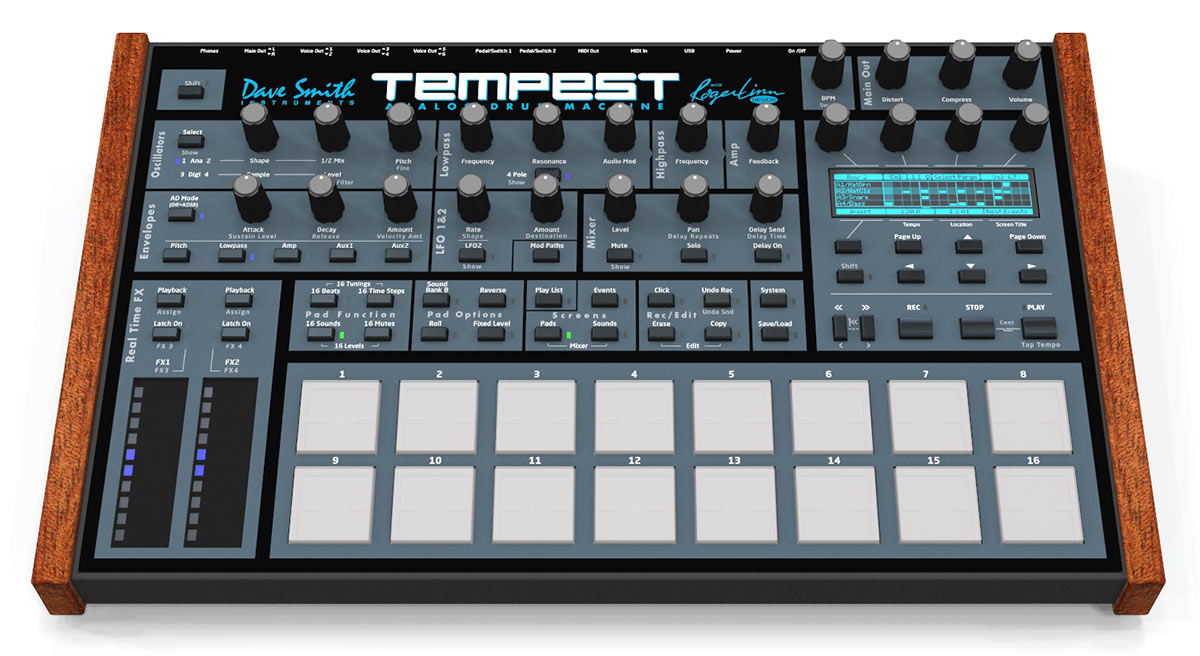
You’re a speaker at the upcoming Moogfest. Can you tell us what we’re in store for?
There are two sessions I have: one of them is about LinnStrument and the other four multi-dimensional music controllers—Continuum, Seaboard, Eigenharp and SoundPlane. The makers of these instruments are all friends, including one of the creators of the Eigenharp, who’s going to be demonstrating that instrument during the session. I’ll be showing some videos of the other instruments and discussing the relative merits. The goal is to give people an overview of what these instruments can do and why they’re important.
The second talk that I’m giving is with Dave Smith about the Tempest analog drum machine that we designed together. Tempest shares some of the same expressive design ideas of LinnStrument, including two special finger-control strips that capture two dimensions of finger movement simultaneously. Also, it’s very much designed for real-time performance as opposed to offline editing because you can do almost every operation in performance without ever stopping the beat. Like the guitarist’s instrument is the guitar, we designed Tempest to be a fine musical instrument for the drum machine player.
Grab tickets to see Roger Linn and many others speak and perform at this year’s Moogfest in Asheville, NC; for more information on Roger Linn products and updates on when LinnStrument will ship later this year, visit his official website.
Images courtesy of Roger Linn












